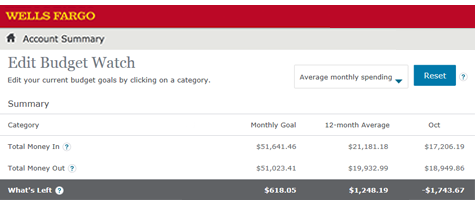

Most brick-and-mortar banks require you to enter your zip code online for the correct account offerings.

Product and feature availability vary by market so they may not be offered depending on where you live. Note that the interest rates and fee structures for brick-and-mortar savings accounts are subject to change without notice. While the accounts we chose in this article are from the largest banks, we compared each savings account on a range of features, including its fees, opportunities to earn interest higher rates, customer service and any other special offerings or programs. We also considered factors such as insurance policies, users' deposit options, other savings accounts being offered by the same bank and customer reviews when available.Īll of the accounts included on this list are FDIC-insured up to $250,000. We narrowed down our ranking by only considering those savings accounts that come from brick-and-mortar banks with broad availability, offering access to at least 2,000 physical branches and over 4,000 non-fee ATMs in the U.S. savings accounts offered by the largest national banks and credit unions. To determine which brick-and-mortar savings accounts offer the most convenience, CNBC Select analyzed dozens of U.S. The WellsFargo Way2Save® Savings ranks on CNBC Select's list of the top brick-and-mortar savings accounts because it has a low minimum daily balance requirement in order to avoid the monthly service fee ($5 per month) and makes it easy to automate your savings through Save As You Go ®.īelow, we take a close look at the WellsFargo Way2Save Savings by breaking down its annual percentage yield (APY), access to your cash, perks and fees so you can decide if this brick-and-mortar savings account is right for you. For those looking to open an account at a bank with the most opportunity for in-person access, Wells Fargo is your best choice. With about 5,400 physical locations and over 13,000 ATMs, Wells Fargo is the largest brick-and-mortar bank in the nation by number of branches. But many consumers still choose to open bank accounts with the traditional big brick-and-mortar banks solely for the personal, one-on-one experience that they provide. Online banking has become more popular because of the higher interest rates and lower fees offered.


 0 kommentar(er)
0 kommentar(er)
